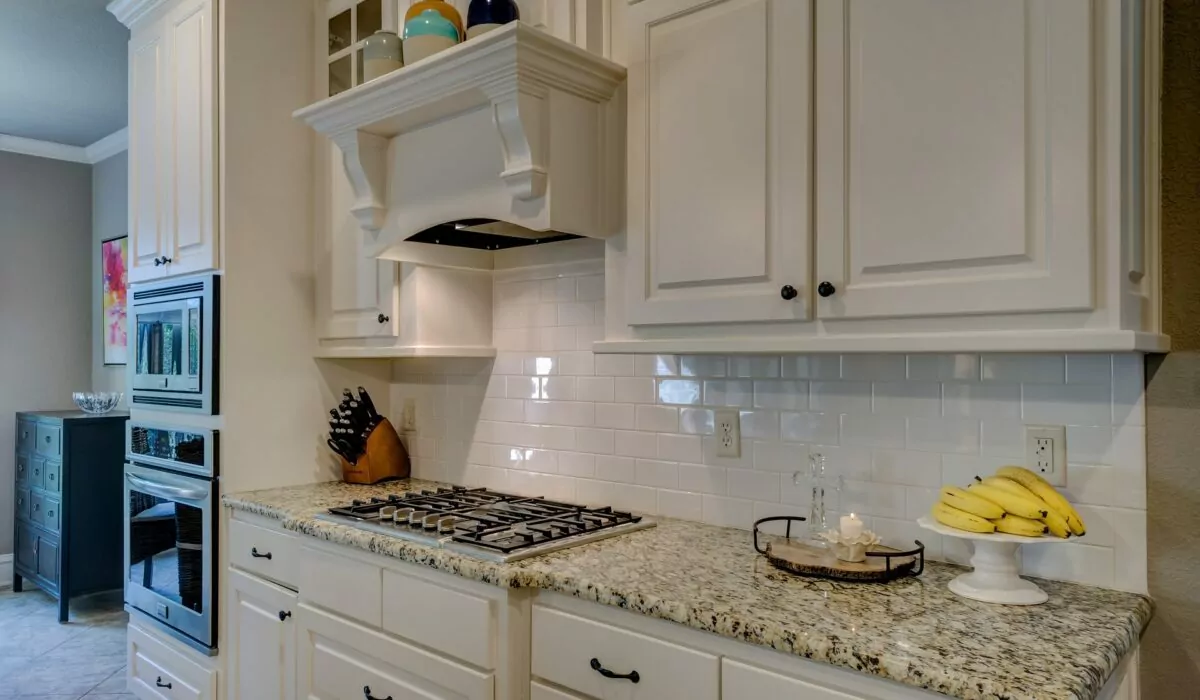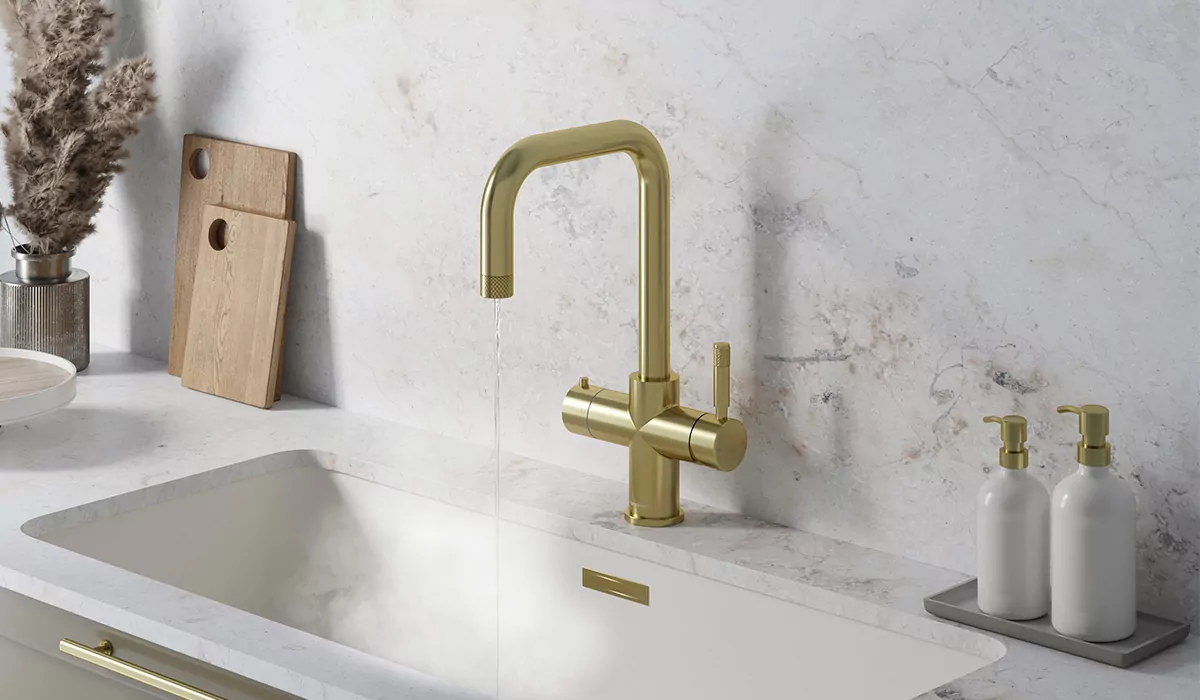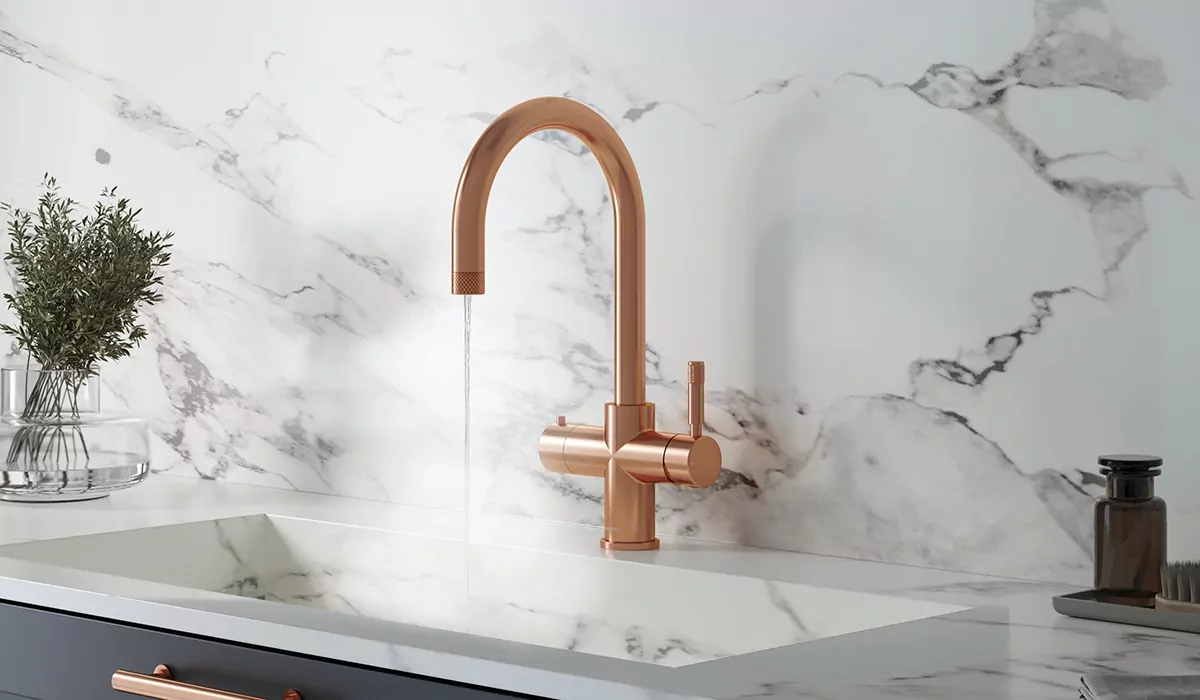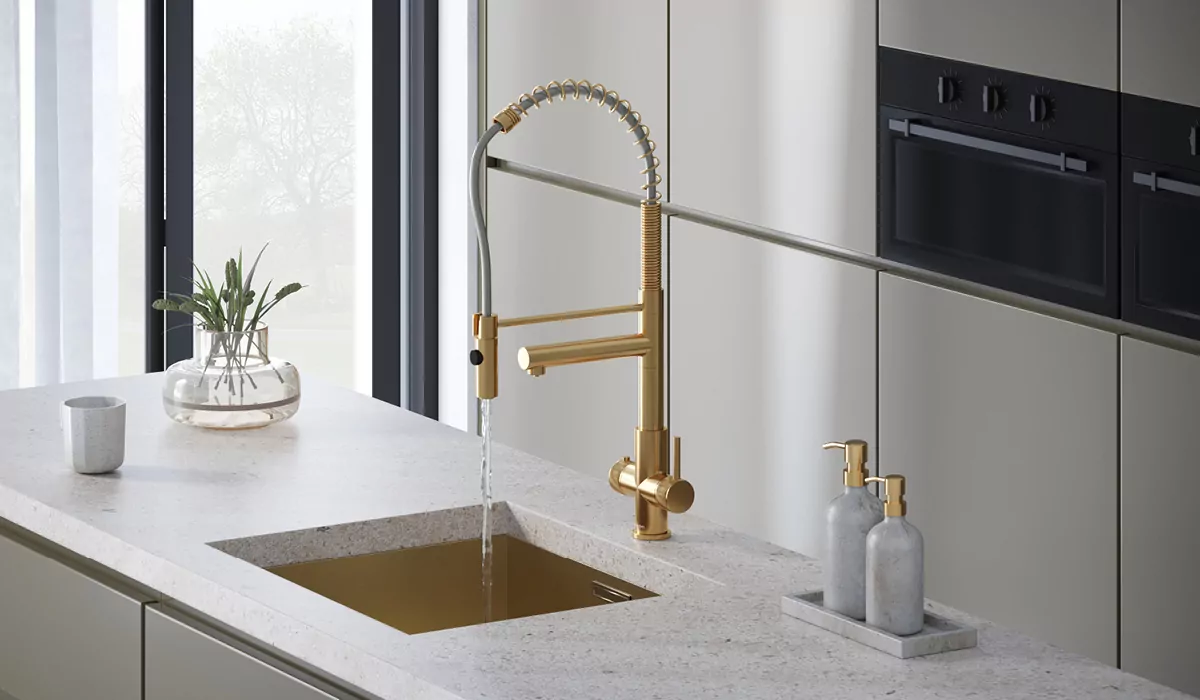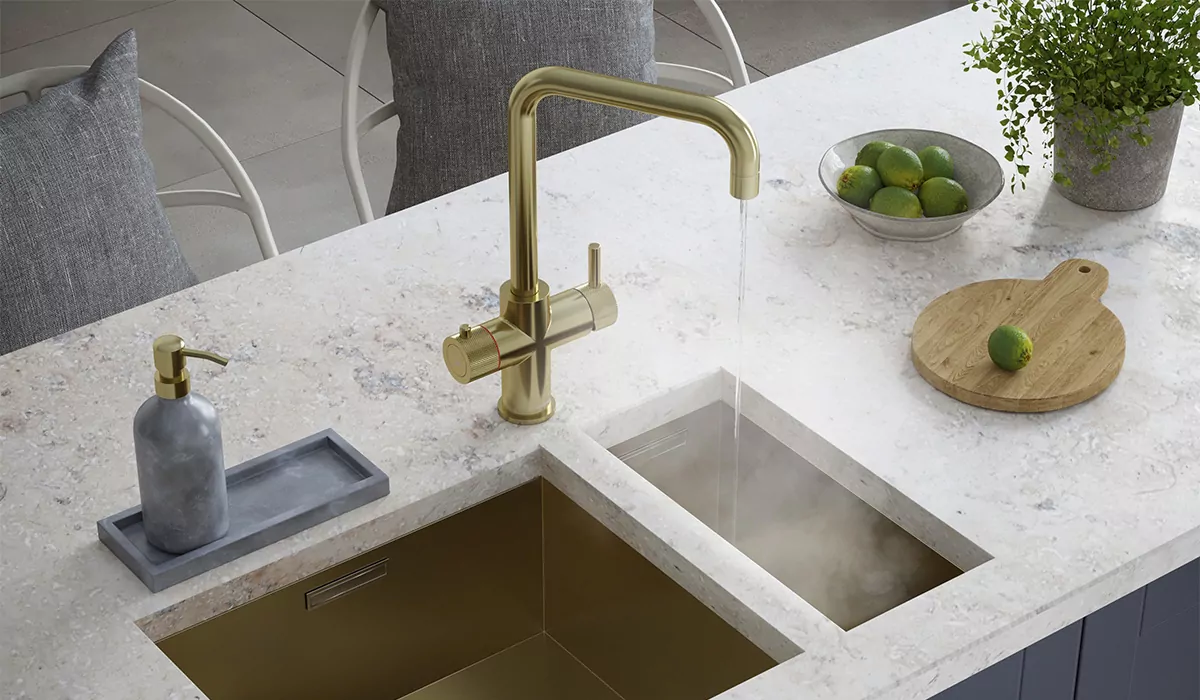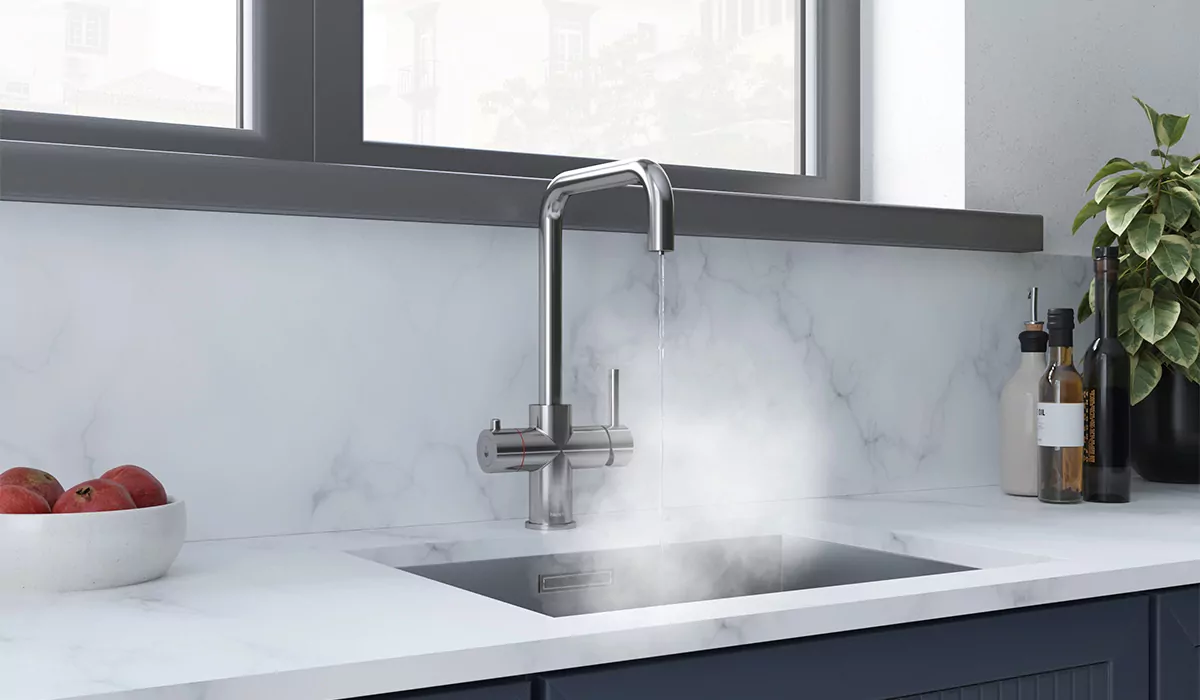If you are like me, you probably spend a lot of time in the kitchen. It is a great place to be, whether cooking or just hanging out. But one thing that can sometimes ruin the experience is when there are not enough sockets to plug in all your gadgets. So I have come up with some ideas for Kitchen Socket Ideas to help solve this problem. Check them out!
When choosing your sockets, think about the design and finish you want. You can get sockets in various finishes, such as chrome, brass, or stainless steel. There are also different shapes and sizes available. If you have a sleek and modern kitchen, you may want to opt for flush-mounted or recessed sockets. These can be placed on the worktop or the wall, and they give a streamlined look to your kitchen. If you have a more traditional kitchen, then you may want to choose sockets that match the style of your cabinets and fixtures. For example, if you have wooden cabinets, you may want to choose brass or chrome sockets.
It would be best if you also thought about the location of your sockets. If you have a kitchen island, you may want to place the sockets underneath the worktop to hide them. Alternatively, you could put them on the side of the island so that they’re easily accessible. When choosing your sockets, it is essential to think about the type of plugs that you need. For example, if you have appliances that need to be plugged into a three-pin socket, you will need to ensure that your sockets are compatible.
Why is a diagram necessary for installing kitchen sockets?
A diagram is essential because it gives you a visual of where your sockets will go and what kind of socket you will need. It is vital when installing kitchen sockets as there are several different types. Without a diagram, it can be challenging to know where to put each socket and which type of socket you will need.
When planning your kitchen sockets, including double sockets, which offer more options, you should also have at least one socket every 2-3 meters along the wall. Additionally, remember to include sockets for large appliances like ovens and washing machines. These will require double pole switches and may need a switched fused connection unit. Finally, if you have a social space in your kitchen, such as a table or island, add a socket nearby for laptops and phones. You may even want to add a USB socket for quick and easy charging.
Where to put sockets in a kitchen?
When planning your kitchen layout, think about where you need plug sockets. Do you need them by the worktop? Do you need them on the island itself or the surrounding surface if you use a kitchen island? Will you be using any appliances that require many pluggings, such as a toaster, kettle and microwave?
Once you know where you need the sockets, you can think about the best way to incorporate them into your kitchen design. If you have a sleek and minimalistic kitchen, having exposed sockets could look out of place. Recessed sockets or hidden ones could be a better choice in this instance. If you have a country kitchen, socket covers in a wood or metal finish could blend nicely with your overall aesthetic. If you are unsure where to start, speak to a kitchen designer or look online for inspiration. There are plenty of ideas, so take your time to find the perfect solution for your kitchen.
Where to place sockets on a kitchen island?
When placing sockets on a kitchen island, it is vital to think about where they will be most beneficial. Some of the best locations for sockets are near the sink or in an area that is easily accessible to guests. It is also essential to choose a socket that will match the style of your kitchen. If you are looking for a sleek and modern design, consider a pop-up socket. Try an outlet placed on the wall near the kitchen island if you want a more traditional look. Whichever style you choose, make sure that the sockets are easily accessible and safe.
Which height is perfect for kitchen sockets?
Generally, it is good to install sockets at the worktops, about 10-15cm above the surface. If you have a kitchen/diner with a table and want an outlet for easy access for chargers and laptops, position it 45cm above the floor. For large appliances like fridges and dishwashers, the height depends on the space and size of the device. Your kitchen fitter may need to see the room to advise you.
Small appliances like coffee machines or kettles can be plugged into a socket near the worktop. If your worktop is granite or marble, make sure it is heat resistant. You can also get pop-up sockets which are ideal for hiding away when not in use and can be placed on the worktop or underneath it.
Which sockets do you need for kitchens?
There are a few key things to consider regarding kitchen sockets. You will need a socket for each appliance and one or two sockets per worktop. It is also essential to have light switches in the kitchen and a controller for your cooker. If you have any large appliances, like a washing machine, you will need a double pole switch.
How can you hide kitchen plug sockets?
If you are looking for a sleek and stylish design for your kitchen, hiding your plug sockets may be the way to go. There are a few different ways to do this, and the best option for you will depend on the layout of your kitchen and the look you are going for. One popular option is to install pop-up sockets. These can be installed flush with your countertop or worktop surface and then pop up when you need to use them. It is an excellent option if you have a lot of counter space and want to keep the look of your kitchen clean and uncluttered.
Another option is to install electrical sockets in the corner of your kitchen. It can be a great way to save space, and it also gives you the opportunity of hiding the cords behind your kitchen units. You can even install them underneath your cupboards to conceal your sockets. It is an excellent solution if you have many appliances that need to be plugged in, but you do not want the cords to be visible. Whatever solution you choose, hiding your kitchen sockets can give your kitchen a sleek and stylish look.
Can you cover the electrical outlet with a cabinet?
You can cover an outlet with a cabinet! There are a few reasons why you might want to do this. Perhaps you are remodelling your kitchen and want to create a sleek, uninterrupted look on your countertop. Or maybe you are redesigning your kitchen layout, and you need to move an outlet to make room for new cabinets or appliances. Whatever the reason, it is easy to do, and there are a few different ways you can go about it. One option is to buy a cabinet with a hole cut out for the outlet. This way, the outlet will be completely hidden but still easily accessible. You can find cabinets like this at most home improvement stores.
Another option is to cover the outlet with a decorative plate. It can be a good choice if you want the outlet to blend in with your kitchen’s décor. You can find these plates at most hardware stores. You can also build your cabinet or container to cover the outlet if you are handy. It is an excellent option if you want to customize the look of your kitchen.
FAQs
Can you put a socket in a kitchen cupboard?
Yes, you can put a socket in a kitchen cupboard. You must make sure that the socket is easily accessible and not obstructed by anything. You may also want to consider putting a USB slot in the cupboard so that you can charge your devices while they are stored away.
Can you put a socket under the sink?
If you have an integrated kitchen, then it is likely that you will not be able to put a socket under the sink. Most kitchens have a false drawer front that would need to be removed to access the electrical sockets. However, if you have a freestanding kitchen or a kitchen with an exposed sink, then you should be able to put a socket under the sink.
How far does a socket have to be from a hob?
The minimum distance between a socket and a hob is 300mm, but it is always best to have sockets positioned as high up the kitchen walls as possible to make them more accessible. If you have a kitchen island, make sure there are enough sockets to cover all your appliances.
Can you have a plug socket behind a cooker?
If you are considering having a socket behind your cooker, it is vital to ensure that it is properly installed and that the correct type of socket is used. It is also worth noting that if you have an integrated cooker, the sockets will need to be installed by a qualified electrician.
